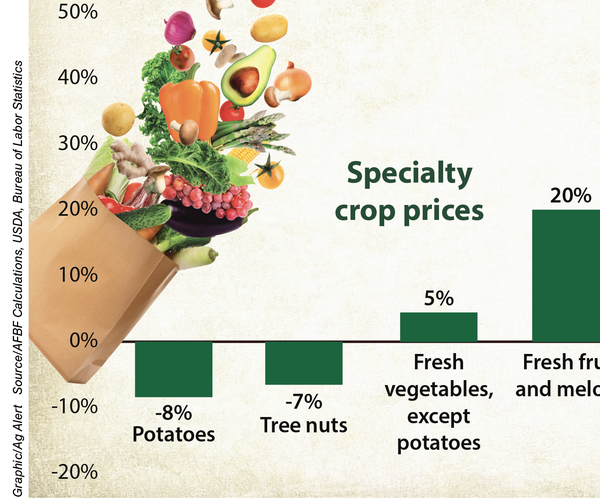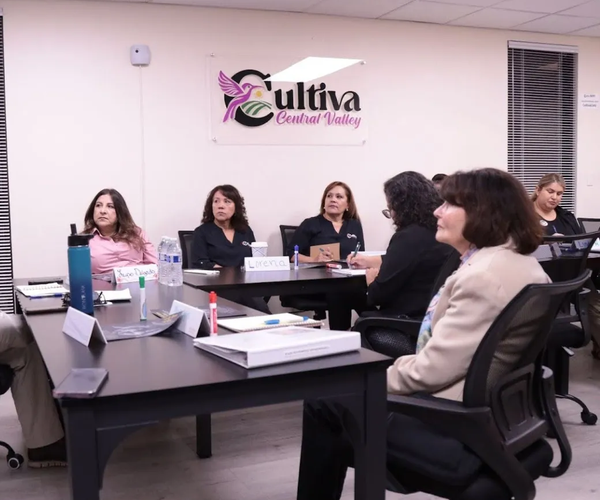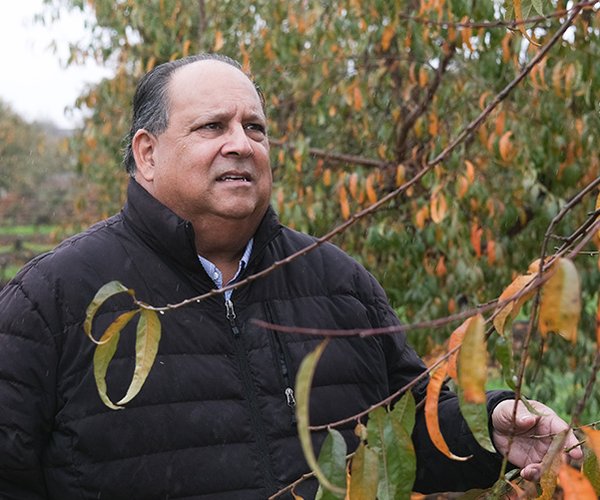New technologies have transformed the world during the past half-century. Agriculture has been no exception, with the emergence of aerial drones, autonomous tractors and other equipment changing the way crops are planted, cared for and harvested.
One thing that hasn’t changed since 1977, however, is a regulation from California’s Division of Occupational Safety and Health, or Cal/OSHA, that prohibits the use of autonomous agricultural equipment without a driver at the helm.
The regulation requires that all “self-propelled equipment shall, when under its own power and in motion, have an operator stationed at the vehicular controls.”
Conceived long before the first driverless vehicle existed, the regulation has nevertheless prevented farmers from taking advantage of many types of autonomous equipment developed in recent years.
“It has the effect of preventing the use of any kind of autonomous vehicle in any agricultural location where people are employed,” said Bryan Little, chief operating officer of Farm Employers Labor Service and senior director of policy advocacy at the California Farm Bureau.
Around the world, farms have benefited from driverless blast sprayers that apply pesticides to orchards and vineyards, autonomous weeders that use visualization technology and lasers to burn weeds, and assistive machines such as driverless carts—or mules—that work alongside people, ferrying bins of produce from the end of a row to a collection point to save workers time and labor.
In California, “Everyone in the industry is trying to determine the best way to operate within the confines of that regulation,” said Sean Sundberg, business integration manager at John Deere.
After years of advocacy from farm groups such as California Farm Bureau and California Association of Winegrape Growers, change may be on the horizon.
In August, Cal/OSHA issued a memorandum clarifying that driverless tractors and other agricultural vehicles may be used when no field workers are present. When employees are absent, the memo stated, the location does not qualify as a worksite under the agency’s jurisdiction.
The directive gave a clear greenlight for farmers in California to use equipment such as an autonomous blast sprayer manufactured by the Fresno County-based company GUSS, which applies pesticides in orchards and vineyards, doing so without workers on site for chemical safety reasons.
“Essentially, one person is sitting in a pickup truck on the side of the field with a laptop computer monitoring a fleet of up to eight of these machines,” said Gary Thompson, chief operating officer at GUSS.
The August memo has given farmers some clarity, Little said. However, for many types of farm work, he added, “you need to have people around, and that restricts the use of autonomous equipment.”
In November, the Cal/OSHA Standards Board announced it was empaneling an advisory committee that comprise stakeholders to examine the regulation, signaling that the board may consider revising it.
Proposed changes may face pushback from labor advocates, who in the past have raised concerns about the safety of autonomous equipment and cautioned that widespread adoption of it could lead to job losses for agricultural workers.
Farm groups have vouched for the technology’s safety and said autonomous technology in many cases may improve worker safety and create upskilling opportunities for employees.
When it comes to safety, “We should be comparing the autonomous technology to the real world and what we have right now,” not an unachievable ideal, said Little, who will serve on the advisory committee.
The autonomous sprayer made by GUSS, for example, eliminates a job that traditionally required someone to be present in orchards and vineyards when pesticides were being sprayed. The vehicles move at about 2 miles per hour, and they have redundant safety features, including LIDAR that detects people and obstacles, safety bumpers that trigger the engine to shut off and brakes to lock, and a safety vest supervisors wear that signals the machine to pause when within 30 feet of the vest.
Operating a traditional blast sprayer is “very tedious, boring work, most of the time done at night, going very slowly with chemicals spraying all around you,” Thompson said. “This was a job that was ripe for automation.”
Should Cal/OSHA end its ban on driverless tractors, farmers may see new types of equipment become available in the state.
“We are doing testing and product development so that when we are able to work with Cal/OSHA to modify the regulation, we will be ready to bring the products to market,” said Sundberg of John Deere. He said the company has a large autonomous row crop tractor used for tillage that it has introduced in the Midwest. “Eventually, we would like to work with the state to bring those out here to California,” Sundberg said.
The committee’s first hearing is scheduled for next month.
“Hopefully, it’s going to result in a common understanding between employer advocates and employee advocates,” Little said, “that we want to encourage this technology because it’s safer than the technology currently being used.”
— Courtesy of the California Farm Bureau.





